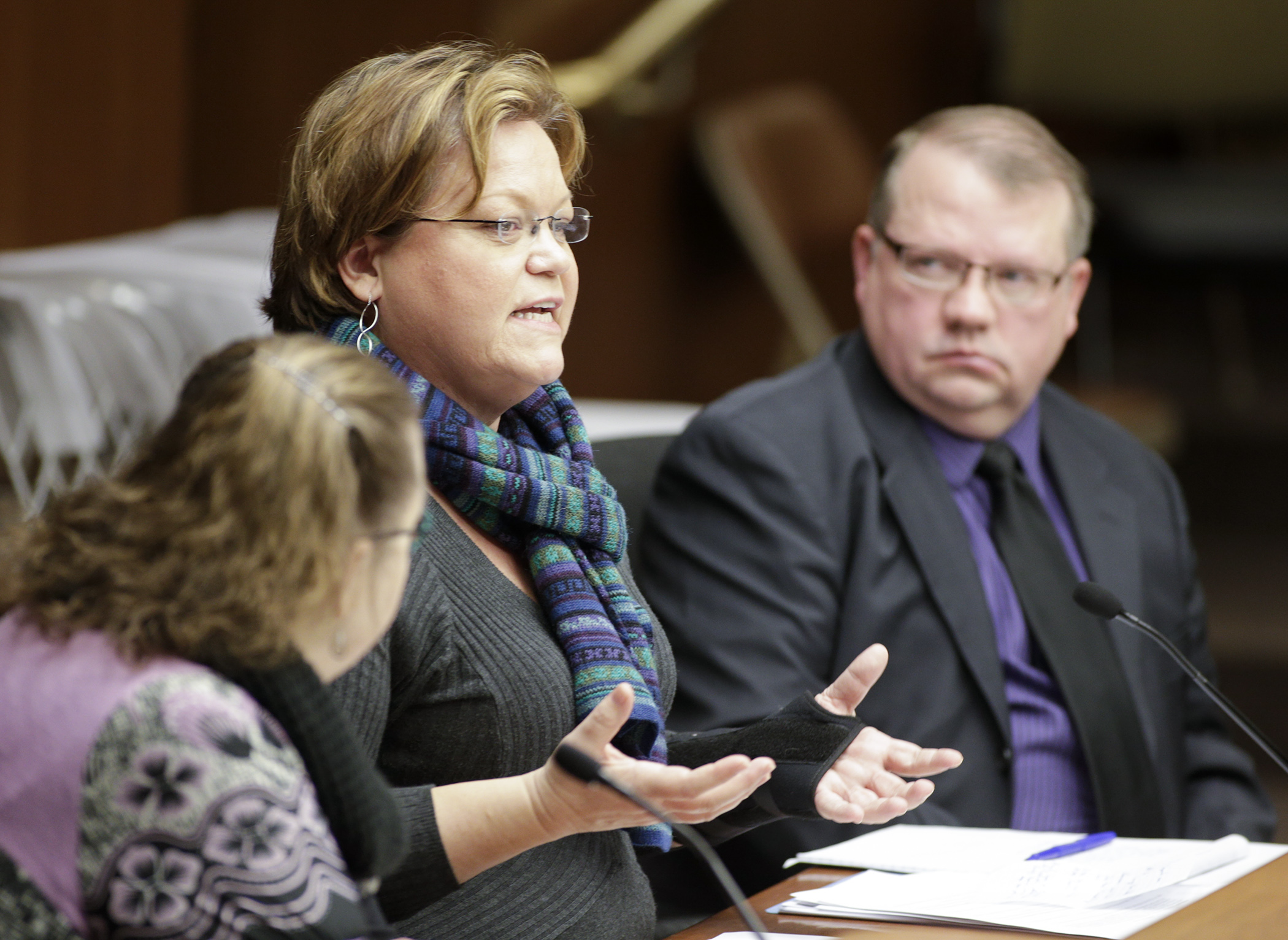Scholarship approach seen as option to promoting school choice

A proposal to create scholarships for low-income students to attend non-public schools, while also establishing a tax credit incentive for those who donate to them is pitting school choice supporters against those fearful other students could be left behind.
The House Education Innovation Policy and House Education Finance committees discussed HF386 Tuesday. No action was taken; however, the policy committee plans to reconvene later in the day for further testimony.
“I came to this idea because of my background teaching and working with kids,” said Rep. Ron Kresha (R-Little Falls), the bill sponsor. “I’m here to offer options.”
A companion, SF256, sponsored by Sen. Roger Chamberlain (R-Lino Lakes), awaits action by the Senate E-12 Policy Committee.
The bill would allow qualified donors to receive an income tax credit for donations to qualified schools to create scholarships that would be awarded to eligible students. It would also extend the individual K-12 education-expense tax credit to include non-public school tuition, and adjust it with inflation beginning in tax year 2019.
“When we talk about achievement gaps, these are the kids we talk about,” Kresha said.
Opponents to the proposal say this approach would come at the expense of students already enrolled in public schools.
“It seems like we’re specifically trying to promote private school choice,” Rep. Laurie Pryor (DFL-Minnetonka) said. “We are creating a generous tax advantage to donate to private schools than other charities who are also trying to help the same population.”
Added opportunity or inequity elsewhere?
On the surface, the bill is about creating opportunities for disadvantaged students, who through obstacles such as tuition costs, might not be able to realize them on their own.
“This bill will not take one single kid out of the public school system that is happy,” Kresha said. “But this will offer some [students] the opportunity to have options they may never have had.”
“It’s about access. The goal is protect our children by broadening, not limiting options,” said Anika Robbins, a Minneapolis resident, parent and business owner. “It’s not about eliminating public schools.”
However, choice could come at the expense of eroding the public school system, said Kristi Weidlein, an English teacher with the Anoka-Hennepin School District.
Weidlein, who has taught every K-12 grade in her 20-year career, alluded to the benefits of diverse cultures and languages that are invaluable experiences for all students. “Our country has been built on the backs of public education. … To stop that is concerning.”
There’s also the matter of money. Where funding for the tax credits would come from is not a matter of robbing Peter to pay Paul, it’s a matter of perspective, Kresha contends.
“Not one penny will come out of K-12 education funding for this,” he said.
Concerns also arose as to whether scholarship money could end up funding religious or discriminatory institutions, and how a program would monitor its effectiveness at closing achievement gaps.
“I worry that the intent might be good, but in practice [the program] would not work as intended,” Rep. Erin Maye Quade (DFL-Apple Valley) said.
Related Articles
Search Session Daily
Advanced Search OptionsPriority Dailies
Ways and Means Committee OKs proposed $512 million supplemental budget on party-line vote
By Mike Cook Meeting more needs or fiscal irresponsibility is one way to sum up the differences among the two parties on a supplemental spending package a year after a $72 billion state budg...
Meeting more needs or fiscal irresponsibility is one way to sum up the differences among the two parties on a supplemental spending package a year after a $72 billion state budg...
Minnesota’s projected budget surplus balloons to $3.7 billion, but fiscal pressure still looms
By Rob Hubbard Just as Minnesota has experienced a warmer winter than usual, so has the state’s budget outlook warmed over the past few months.
On Thursday, Minnesota Management and Budget...
Just as Minnesota has experienced a warmer winter than usual, so has the state’s budget outlook warmed over the past few months.
On Thursday, Minnesota Management and Budget...